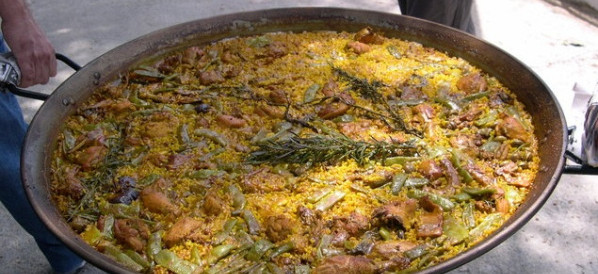 11 Terms
11 TermsHome > Terms > English, UK (UE) > Biochip
Biochip
A term first used with regard to an electronic device that utilises biological molecules as the "framework" for other molecules acting as semiconductors and functioning as an integrated circuit.
1. During the 1990s, this term also became commonly used to refer to various "laboratories on a chip" to:
- analyse very small samples of DNA
- Assess the impact of pharmaceuticals — or pharmaceutical drug candidate molecules — on specific cells (i.e., attached to the biochip's surface) or on specific cellular receptors (ligand-receptor response of cell)
- Size and sort DNA fragments (genes) via the (proportional) fluorescence of dyes intercalated in the DNA molecules
- Detect presence of specific DNA fragments (genes) via hybridization to a probe (that was fabricated onto the chip)
- Size and sort protein molecules (via various cells fabricated onto the chip)
- Assess pharmaceuticals via adhesion molecules attached to the chip
- Detect specific pathogens or cancerous cells in a blood sample (e.g., by applying controlled electrical fields to cause those cells to collect at electrodes on the chip)
- Screen for compounds that act against a disease (e.g., by applying antibodies linked to fluorescent molecules, then measuring electronically the fluorescence triggered by antibody-binding)
- Conduct gene expression analysis by measuring the fluorescence of messenger RNA (specific to which particular gene is "turned on") when that mRNA hybridises with DNA (from genome) on hybridization surface on the chip
3. Sometimes refers to an electronic device that uses biological molecules as the framework for other molecules that act as semiconductors and function as an integrated circuit. The future working parts of the science of bioelectronics, biochips may consist of two- or threedimensional arrays of organic molecules used as switching or memory elements. If biochip technology proves to be feasible, one application will be to shrink currently existing biosensors in size. This would enable the biosensors to be implanted in the body or in organs and tissues for the sake of monitoring and controlling certain bodily functions. A future possibility is to try to provide sight for the blind using lightsensitive (e.g., protein-covered electrode) biochips implanted in the eyes to replace a damaged retina. For example, during 2001, Alan Chow implanted such biochips into several men whose retinas had been damaged by the disease retinitis pigmentosa.
- Part of Speech: noun
- Synonym(s):
- Blossary:
- Industry/Domain: Biology
- Category: Biotechnology
- Company:
- Product:
- Acronym-Abbreviation:
Other Languages:
Member comments
Terms in the News
Featured Terms
Paella
Valencian rice dish that originated in its modern form in the mid-19th century near lake Albufera, a lagoon in Valencia (east cost of Spain). Many ...
Contributor
Featured blossaries
Dan Sotnikov
0
Terms
18
Blossaries
1
Followers
Celebrities Born Under the Sign of Aries
 11 Terms
11 Terms
karel24
0
Terms
23
Blossaries
1
Followers
Tanjung's Sample Blossary
 6 Terms
6 TermsBrowers Terms By Category
- Project management(431)
- Mergers & acquisitions(316)
- Human resources(287)
- Relocation(217)
- Marketing(207)
- Event planning(177)
Business services(2022) Terms
- Printers(127)
- Fax machines(71)
- Copiers(48)
- Office supplies(22)
- Scanners(9)
- Projectors(3)
Office equipment(281) Terms
- General Finance(7677)
- Funds(1299)
- Commodity exchange(874)
- Private equity(515)
- Accountancy(421)
- Real estate investment(192)
Financial services(11765) Terms
- American culture(1308)
- Popular culture(211)
- General culture(150)
- People(80)
Culture(1749) Terms
- Lingerie(48)
- Underwear(32)
- Skirts & dresses(30)
- Coats & jackets(25)
- Trousers & shorts(22)
- Shirts(17)




